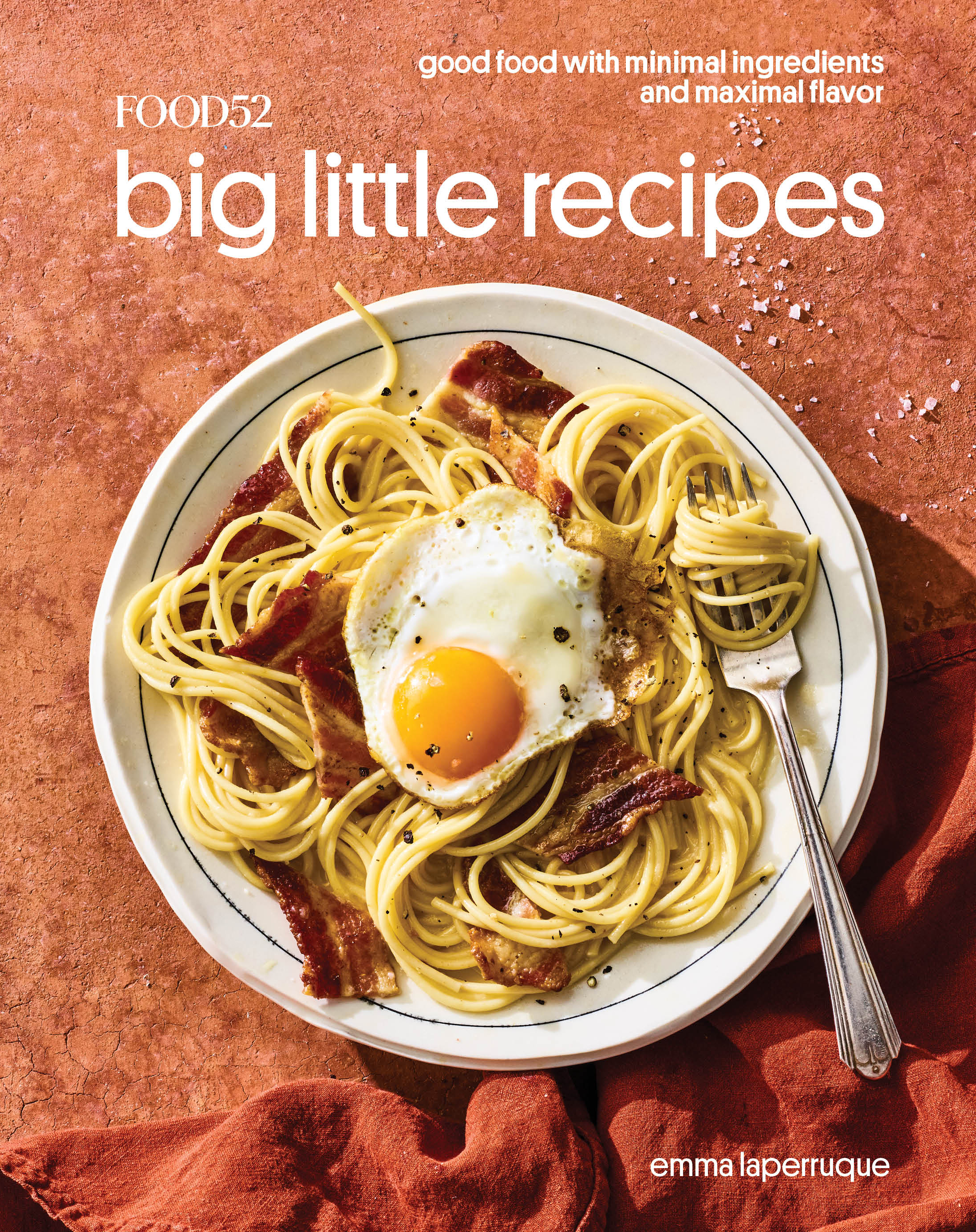Big Little Recipes
What If Latkes Were Made With...Asparagus?
This week’s Big Little Recipes puts a spring spin on a Hanukkah favorite.

Put down those long grocery lists. Inspired by the award-winning column, our Big Little Recipes cookbook is minimalism at its best: few ingredients, tons of flavor.
Order nowPopular on Food52
15 Comments
wahini
October 24, 2021
You might want to read up on what the original latkes were madeof—potatoes are late comers to the tradition. Before potatoes there were grains and before grains there was cheese.
https://www.theatlantic.com/entertainment/archive/2015/12/the-great-latke-lie/420018/
https://www.theatlantic.com/entertainment/archive/2015/12/the-great-latke-lie/420018/
Smaug
May 12, 2021
What if...? Well, we'd probably call them asparagus cakes or fritters. This is more often done with zucchini, but why not asparagus? Less moisture problems, at any rate.
theminx
May 12, 2021
I'm Polish and grew up with my immigrant grandmother. She made potato pancakes (placki, not quite the same as latkes) regularly, but sometimes she made them with corn or asparagus, which were my faves. This was in the 1970s; fresh asparagus was not to be found in grocery stores in Baltimore City, so she used canned. But somehow it was still delicious.
Bonnie
May 11, 2021
Looks like another amazing dish. Can’t wait to try! Also, love the peach jam and sour cream accompaniments. Thanks Emma.
steve
May 11, 2021
If you want a "true" latke do not use flour, you should be using matzo meal. Not sure what the equivalents are but using flour is like having a pastrami sandwich on white bread with mayonnaise.
Rosalind P.
May 11, 2021
Hi, Steve. Ashenazi Jew here. Both of my Bubbies used flour except for Pesach time. Year round it was flour or matzo meal. No latke dogma pls??
Rosalind P.
May 11, 2021
Typo. Should be Ashkenazi. And
They spoke nary an English word in their homes. So...strongly disagree with your white bread judgment
They spoke nary an English word in their homes. So...strongly disagree with your white bread judgment
Gruber76
May 23, 2021
Right, latkes are for hannukha (where oil is important and the frying is relevant) while matzo meal is four months later for Passover, when flour is outlawed. Want to know something even crazier? Asparagus is only kosher if you circusmcise it. (There are non-kosher bugs that live in the tips and are so hard to see that you can never be sure if you’ve gotten them out.)






Join The Conversation